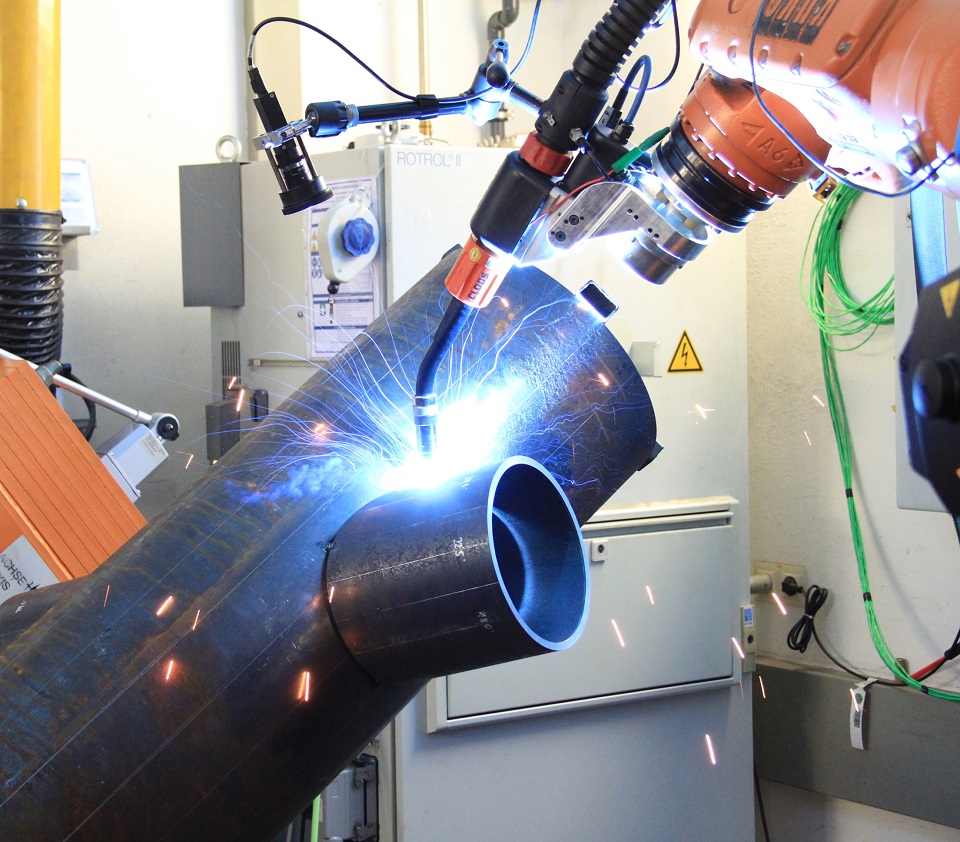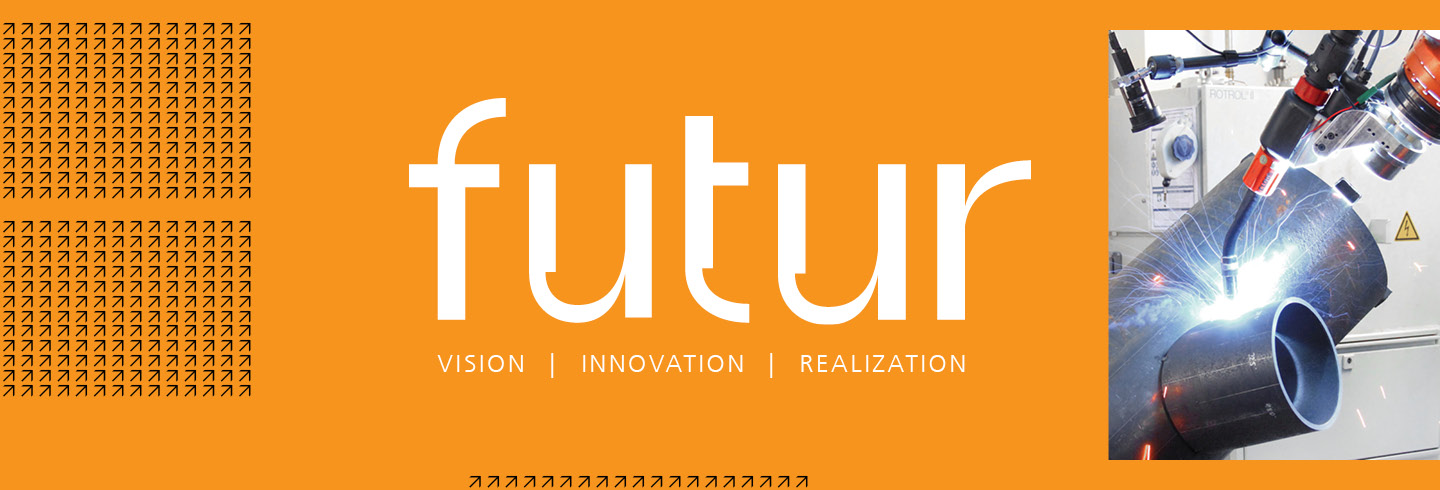Eco-friendly Welding

From medical technology to the automotive industry and shipbuilding, no industry sector can do without welding. Today’s welding processes are so highly flexible that hardly a single major industrial product can be manufactured without some form of welding. Many metal parts are now produced using additive manufacturing – which is also a production process involving welding.
Even so, very little is known about what kind of impact welding techniques have on the environment. This makes it difficult for manufacturing companies to factor environmental considerations into the development process of a product. Unsurprisingly, there is a huge demand from industry for methods of assessing the environmental impact of welding – after all, welding is a highly energy- and resource-intensive manufacturing process.
The method of lifecycle assessment (LCA) has long been established as a tool in other methods of production. So why have manufacturing companies so far failed to establish it as a tool for assessing the environmental impact of welding? One of the reasons is that decision-makers frequently do not know which contributing factors are relevant for LCA. This makes it difficult for them to estimate the expense and efforts needed for such an assessment. To make it easier for companies, the individual work stages of lifecycle assessment need to be automated. Companies can then include them in their technical welding documentation without too much trouble.
Input plus Output Equals LCA
The key element in lifecycle assessment is inventory assessment, which involves collection of all the relevant inputs and outputs related to the welding process. This includes the resources used across the welding manufacturing chain (e.g. filler materials, electrical energy, shield gas, etc.) and the occurring waste products and emissions. The environmental impact of the process can then be calculated from the aggregated values using categories such as CO2-equivalence, acidification potential and photo-oxidation.
The factors to be considered are digitalized so that by accessing the LCA database, the respective values can be automatically »translated« into the corresponding effects on the environment. Users can thus clearly identify the ecological footprint of a welded component with minimal effort.
What Are the Key Factors?
The environmental impact of a welding process can be derived from the resources it consumes (input) and the waste and emissions it produces (output). However, it is more difficult to quantify the impact of individual inputs and outputs on selected impact categories. Scientists at the Federal Institute for Materials Research and Testing (Bundesanstalt für Materialforschung und -prüfung – BAM) have succeeded in identifying the input factors with which, according to the World Steel Association, the relevant impact categories of a LCA can be precisely analyzed:
- Materials consumption (e.g. basic/additional material, etc.)
- Energy consumption (e.g. effective power used by all electricity consumers during process time)
- Gas consumption (process gas, shield gas or compressed air)
- Assistive devices (e.g. protective glasses)
Comparing various welding techniques in terms of their environmental damage is an interesting challenge with direct relevance to praxis. To this end, the BAM team performed the same welding job with a variety of different welding techniques and made a lifecycle assessment for each of them. The set target was always the same: making a welding seam of one meter in length.
The experiment compared three different welding techniques: manual electrode welding, gas shielded metal arc welding (GMAW) and laser-GMAW welding (hybrid). Two input factors in particular were found to have an influence on the LCA of a technique: the need for additional materials and energy. Thanks to this insight, scientists were able to limit the influencing variables to be reviewed to these two factors. In practical terms, this means that companies intending to make an LCA of their welding technology now have much less outlay. The test found that the techniques with the best ecological assessment were those with low use of materials, in extreme cases autogenous techniques. These insights can be invaluable for design feedback.
To standardize the workflow in the LCA and keep it easy to understand, BAM scientists directly fed their research results into DIN SPEC 35235 »Sustainability in Welding Technology – The Environmental LCA of Welding Technology«. Offering a proven basis for comparing assessments of the environmental impact of different welding technologies also helps raising acceptance in the industry.
 Fraunhofer Institute for Production Systems and Design Technology
Fraunhofer Institute for Production Systems and Design Technology
